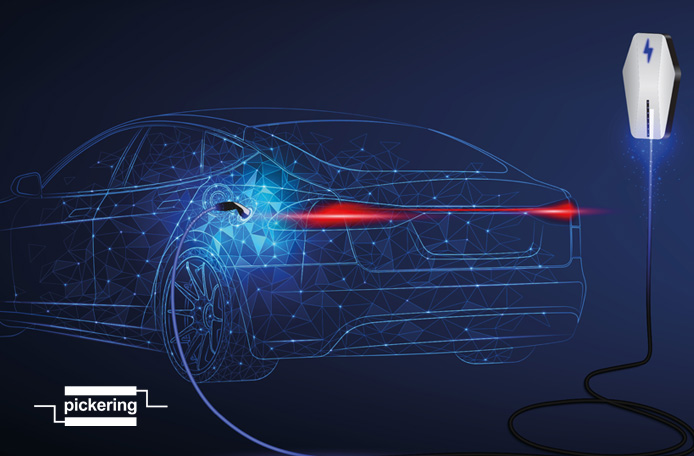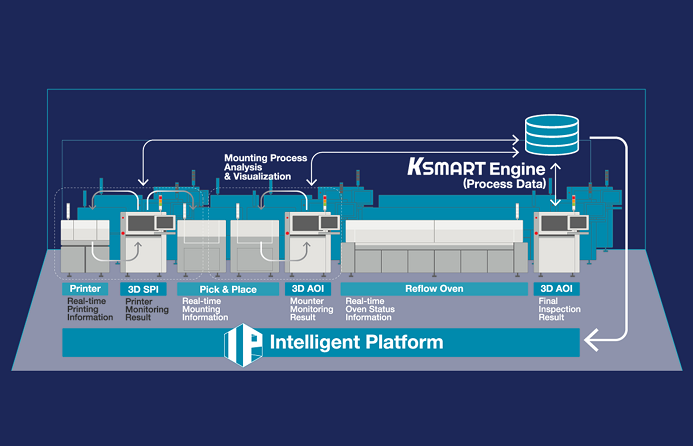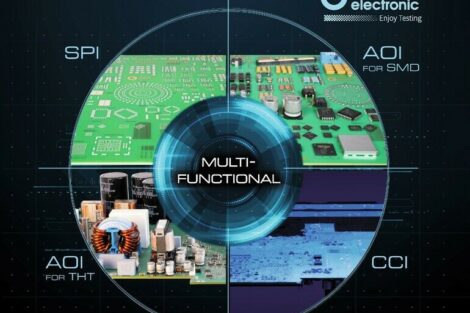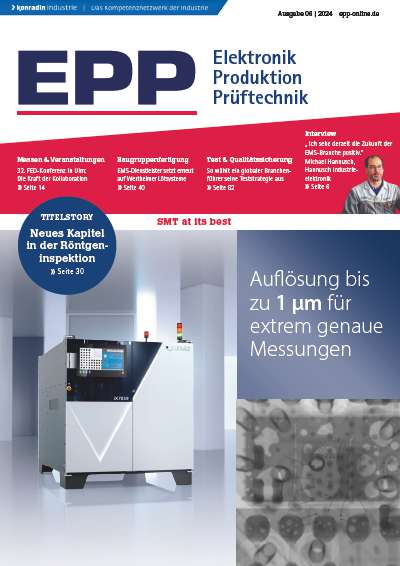Challenge:
To date, most EVs on the road have been built on 400V power system architectures. However, as users demand increased range and reduced charging times, 800V is shaping up to be the next power architecture of choice – with several manufacturers having already launched models built on 800V. However, this shift is far from as simple as using higher voltage batteries, as all components handling 800V must be suitably rated and more durable than their 400V counterparts. Moreover, to provide improved reliability and safety, the 400V architecture cannot simply be re-used.
Thankfully, provided it can handle the higher voltages, most of the test equipment used for 400V EV system development and architecture exploration can be re-used for 800V. And if the equipment is based on an open industry standard like PXI or LXI, an easy migration path exists if it needs to be taken. This means design and test engineers developing EVs can make the transition from 400 to 800V without necessarily having to invest in too much (if any) new equipment.
What will I learn?
In this white paper, engineers will learn:
- Why 800V EV architectures mean increased complexity in battery management systems (BMS) – and require more durable components.
- Benefits of an 800V architecture in terms of improved electrical efficiency, range, and charging times.
- How HIL simulation provides advantages in early issue detection, design improvements, and cost savings.
- Why are high-voltage switching, battery cell and temperature sensor simulation, and fault insertion relevant for HILS test during EV development?
Creating a HILS test platform
While a HILS (hardware-in-the-loop simulation) test platform could be created from scratch, the cost (both monetary and time) of doing so tends to be prohibitive in the automotive industry. Therefore, the use of an industry-standard platform is highly recommended. There are two main standards to consider: PXI and LXI, which are based on the ubiquitous PCI and Ethernet connectivity standards, respectively.
Both are supported by large numbers of global vendors, with many commercial off-the-shelf (COTS) products available. Both provide seamless, vendor-independent plug-and-play capability. Of great benefit is that product longevity is assured, and vendors have obsolescence management processes in place.
Summary
There are many benefits, including higher performance and faster charging, to be derived from moving from 400V to 800V EV power system architectures. However, while the use of a higher voltage allows for more compact components and smaller gauge cables/wires – both producing weight savings – there is a need for greater durability and safety. There is also an increasing requirement for EV architectures to include redundancy to mitigate against single point failures and improve safety and reliability, both of which contribute significantly to the manufacturer’s reputation.
Simulation is the safest way to develop, explore, and thoroughly verify an EV’s architecture, systems, and core components. For example, the functionality of a BMS can be verified without using a physical battery pack. Fault injection, such as introducing short circuits, is much safer. Moreover, test conditions and results are easily recorded, which is important for traceability.
The use of PXI- and LXI-based test equipment is a logical choice for manufacturers currently developing products for a 400V architecture and contemplating the move to an 800V one because there is an easy migration path. For example, chassis, controller (in the case of PXI), and modules rated at 1kV can simply be re-used, thus protecting the initial investment.
Doing so enables the optimization of key system components such as the battery pack, motors, power inverters, and the BMS. Overall system performance can be determined without waiting for a prototype vehicle to take out on the road. Also, because HIL can be automated, tests can be performed unsupervised, and system development is greatly accelerated. HIL testing is also highly repeatable.
White paper – The 800V EV Transition: HIL Simulation’s Critical Role
Download the full white paper from Pickering Interfaces, “The 800V EV Transition: HIL Simulation’s Critical Role”, at: https://hubs.ly/Q02NpPT30













